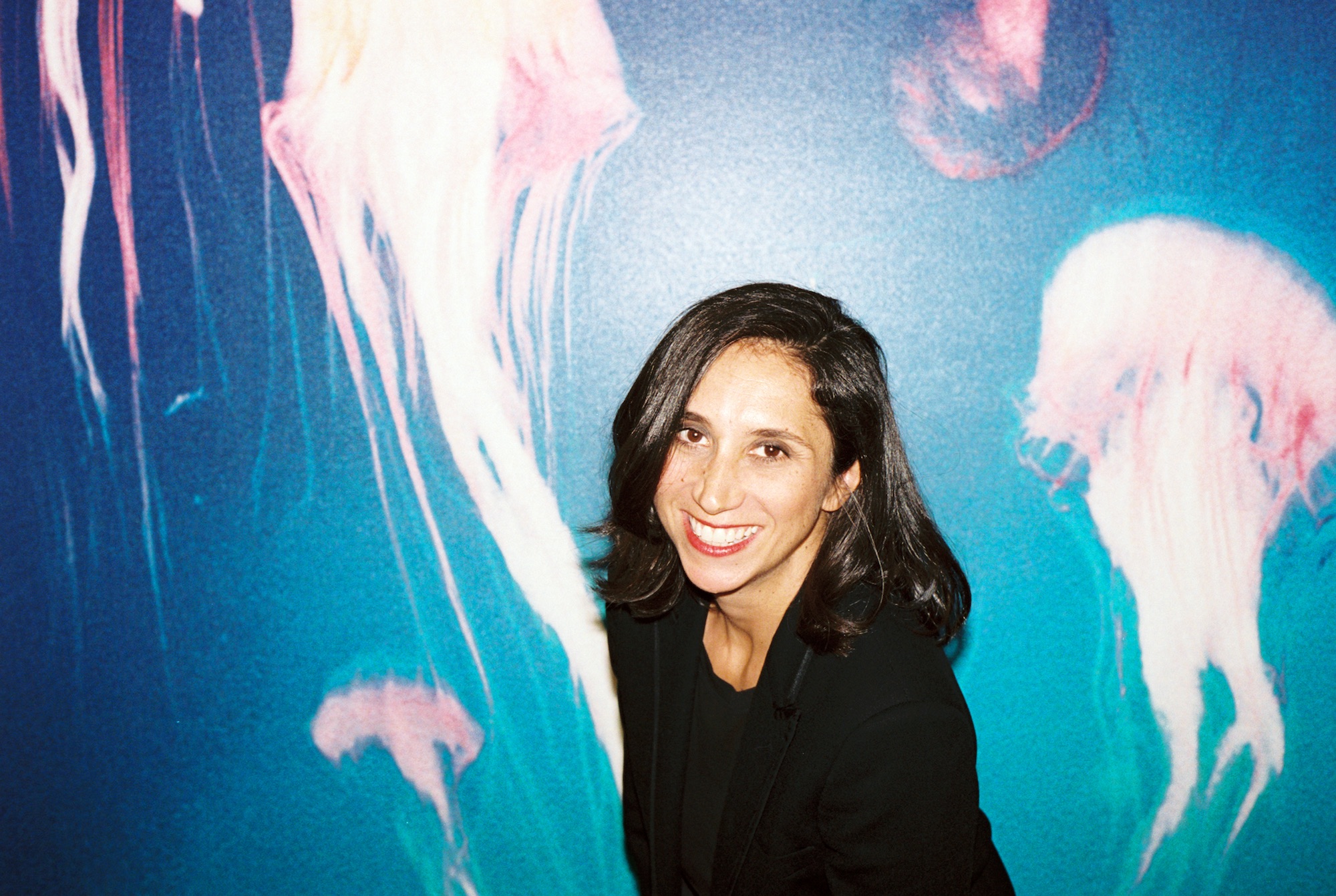
“I would never call my myself an intellectual,” says Michele Maccarone. “I’m more intuitive when it comes to my art interpretation and appreciation.” When evaluating potential artists for her New York and Los Angeles galleries, then, she thinks about what she likes historically and who among contemporary artists are carrying on that legacy today.
It was the German artist Dieter Roth, who passed away in 1998, for example, whom she felt particularly inspired by when she first opened her Manhattan gallery, then in Chinatown, in 2001. She decided that Christoph Büchel, the Swiss conceptual installation artist, “was the heir to Roth,” and so she gave him free reign to carve out small crawl spaces in the walls and ceilings of the gallery for its debut show.
“The goal was to use the gallery as a site of experimentation, to break down boundaries of architectural space, and I was interested in environmental works,” she says. “Büchel captured and manifested that. To open the gallery with him was paramount because it staked my claim in that type of work. I went on to work with artists whose studio practices were gigantic. They were interested in not one type of output, but invested in long-term, never-ending explorations.”
Two years ago the gallery expanded with a second space in Los Angeles. “I’m very interested in being in L.A. because I think art is happening here and art's being made here,” says Maccarone. “You have the luxury of time and space to think about what you're doing and to be in dialogue with artists in close proximity.”
John Divola, a conceptual landscape photographer who joined Maccarone’s roster a year and a half ago, testifies to her investment in spending time with her artists. “Michele has been out to my studio in Riverside on several occasions,” he says. “This is no small matter as it takes a real effort to make it out to Riverside from L.A. She is genuinely interested in the work and attempting to understanding my process.”
If Maccarone’s intuition is correct—and it has served her well for the past 16 years—she suspects there are big changes afoot, for her gallery and others. “There's a huge turning point in the art world right now and I’m going to take this moment to rethink the model of what a gallery is and does,” she says. The art fairs have compressed what was once a 30-to-90-day sales cycle—the duration of a gallery show—to a single weekend. “Fairs have eclipsed the gallery's original intention, which is to show exhibitions,” she says. “More people are seeing artists' work at art fairs than they are seeing exhibitions.”
She predicts that soon she and other dealers may stop representing artists altogether, showing them only on a project basis. “I don’t want that to be the case; my favorite part of my job is representing artists,” she says. But we’ve entered “a cycle of exhaustion.”



